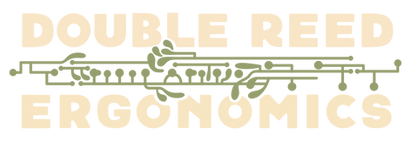Frequently Asked Questions
About 3D Printing
What is 3D Printing?
3D printing, also known as additive manufacturing, is a process of creating three-dimensional objects from a digital file. Unlike traditional manufacturing, which removes material to form an object, 3D printing adds material layer by layer, allowing for complex designs and efficient use of resources.
What is FFF Printing?
FFF (Fused Filament Fabrication) is a 3D printing process where a thermoplastic filament is heated and extruded through a nozzle to build an object layer by layer. FFF is widely used due to its simplicity, low cost, and ability to work with a variety of materials, making it ideal for rapid prototyping and functional parts. This is the technology used here at DRE.
What are some advantages of 3D Printing?
-
Design Freedom: Create complex, customized designs without the limitations of traditional manufacturing.
-
Cost-Effective Prototyping: Rapidly prototype and iterate designs, reducing time and costs.
-
Sustainability: Use only the necessary material, reducing waste and environmental impact.
-
On-Demand Production: Produce parts when and where you need them, reducing dependency on supply chains
What are some cons of 3D Printing?
-
Slower Production: Not ideal for high-volume manufacturing.
-
Material Limitations: Fewer material options compared to traditional methods.
-
Surface Finish: Printed parts may require post-processing for smoothness.
-
Size Constraints: Limited by the printer’s build volume.
-
Variable Strength: Some printed parts may not be as strong as traditionally manufactured ones.
What is PLA?
PLA (Polylactic Acid) is a biodegradable, non-toxic thermoplastic made from renewable resources like corn starch or sugarcane. It’s popular in 3D printing due to its ease of use, low printing temperature, and environmental friendliness. Variations of this material are what we primarily use here at DRE.
What is TPU/TPE?
TPU (Thermoplastic Polyurethane) and TPE (Thermoplastic Elastomer) are flexible, non-toxic, rubber-like materials used in 3D printing. They offer excellent elasticity, impact resistance, and durability, making them ideal for parts that require flexibility, such as smartphone cases, gaskets, seals, and custom prosthetics.
